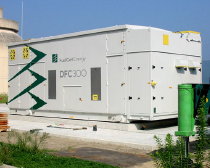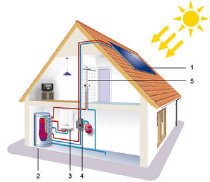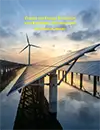Center for Energy Efficiency and Renewable Technologies
Center for Energy Efficiency and Renewable Technologies
Providing global warming solutions for California and the West.


Join CEERT Email Newsletter
Low-Carbon Grid
CEERT’s Low-Carbon Grid Program promotes the integration of large amounts of renewable energy on the grid by tracking and intervening in crucial proceedings at the California Independent System Operator (CAISO) and other agencies. We also seek to foster joint operating agreements between the CAISO and the state’s municipal and investor-owned utilities, and promote coordination and consolidation of the Balancing Areas in our state and region as a low-cost means of integrating renewable power. The issues are often highly technical, but have enormous impact on the price of renewable energy projects and their access to the transmission and distribution system.
Recent Developments:
Regional Grid Integration and Governance
As CEERT continues to assess the landscape of West-wide transmission work, we are in the process of designing a strategy for how best we can support the integration of California’s grid with the rest of the West. Luckily, there has been a steady decline in the political opposition to changing CAISO’s govern-ance into a Western regional market, but much work lies ahead for a steady, successful transition. We are in contact with the Clean Grid Initiative, seeking support for this opportunity.
CEERT continues to participate in the Western Grid calls organized by Advanced Energy United (AEU) to share information about regional and California developments on expanding CAISO’s Energy Imbalance Market though an Extended Day-Ahead Market. We have also recently joined a Public Interest Organizations group for the Pathways Initiative, which is leading the effort for this transition. Legislative efforts are currently on hold, but expected to pick up in 2025.
The Pathways Initiative has been outlined in three steps: 1) Early success: makes changes within the scope of existing law that supports the vision of Pathways; 2) Durable, independent governance of markets and other potential services: implements a broad, regional market while leveraging the existing market; and 3) Toward an RTO: facilitates further evolution into a regional transmission organization with a full suite of RTO services. The Phase 1 Straw Proposal was released in April by the Western Interstate Energy Board (WIEB). CEERT has signed onto a support letter led by AEU and comments led by NRDC for the Straw Proposal.


